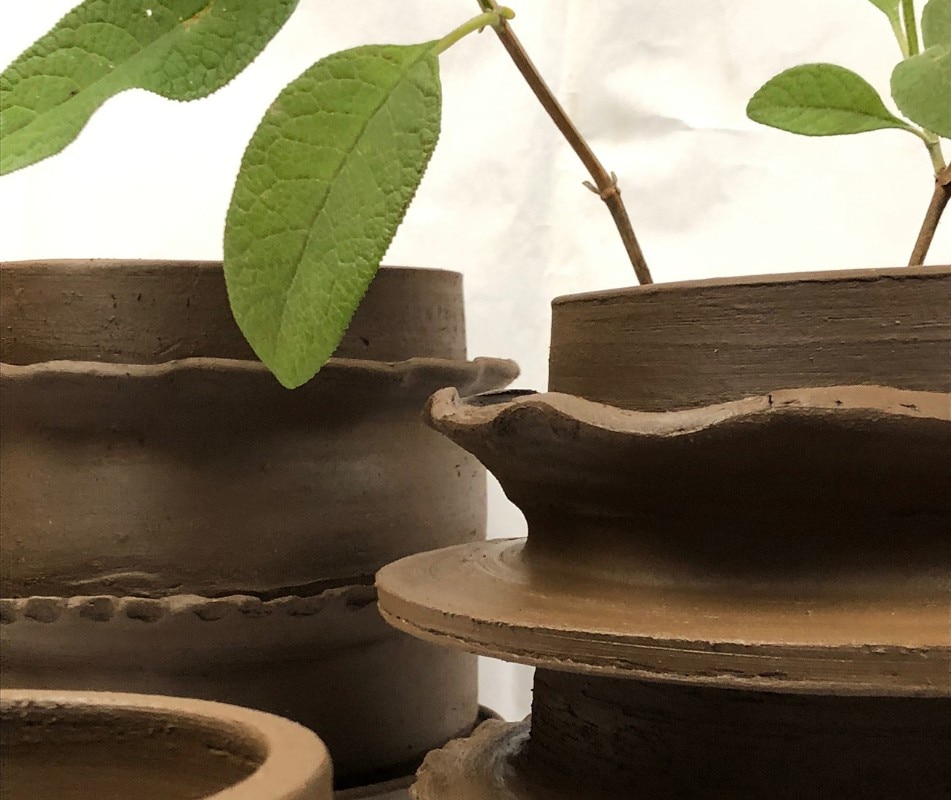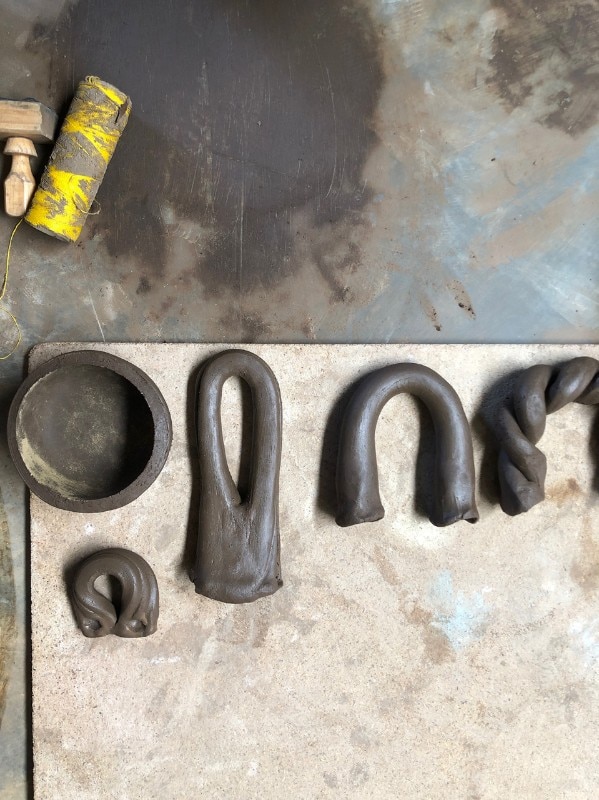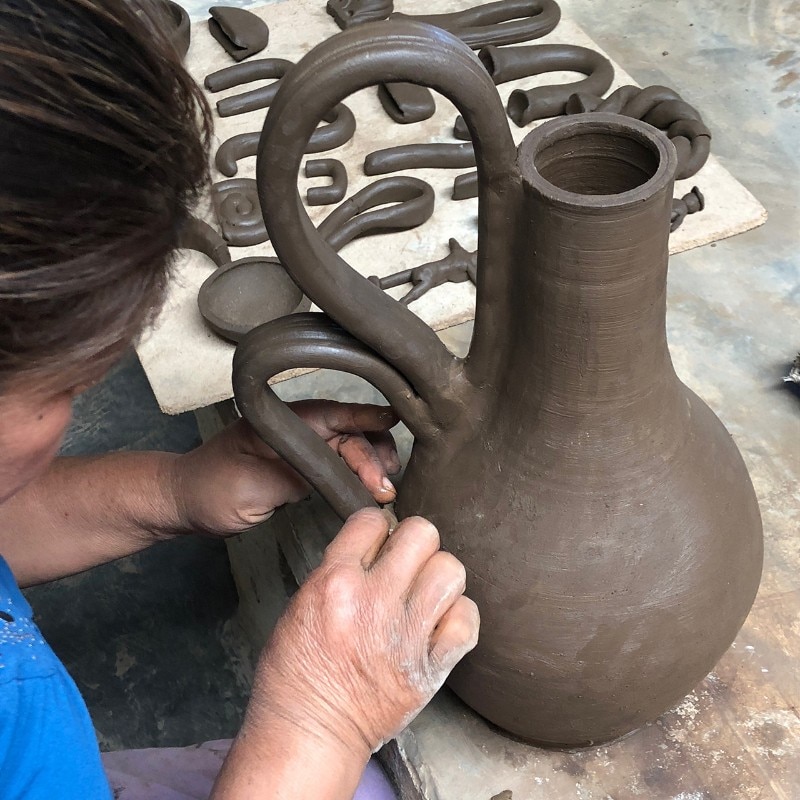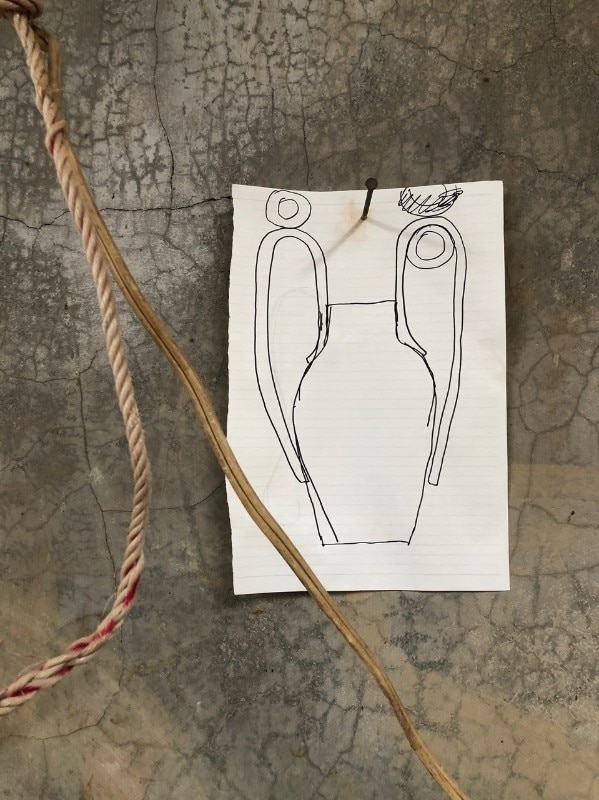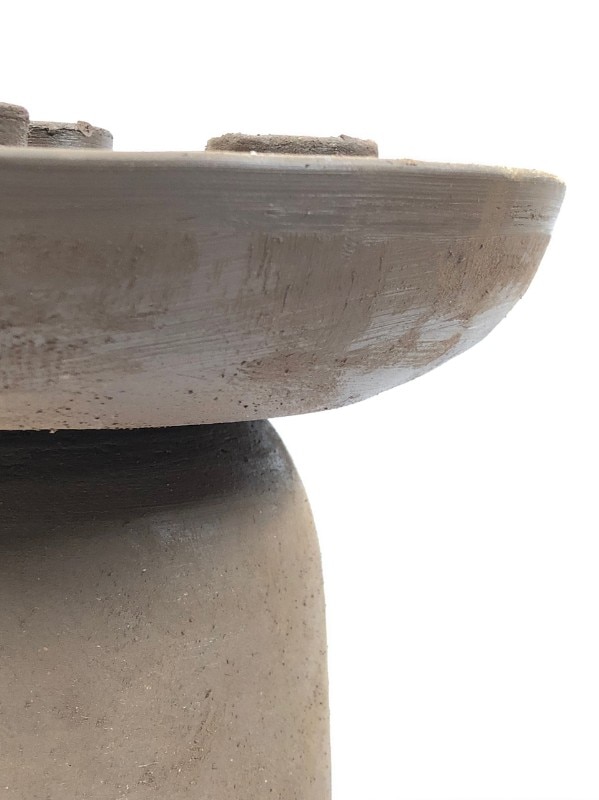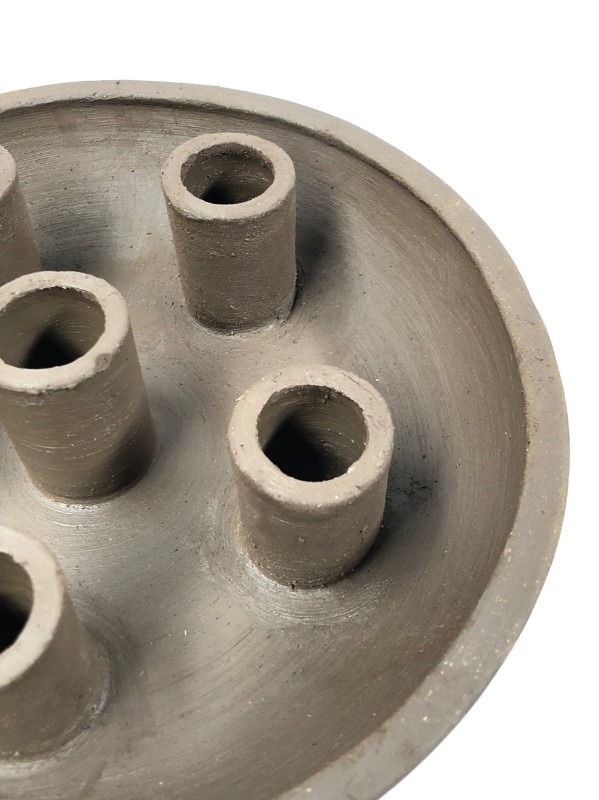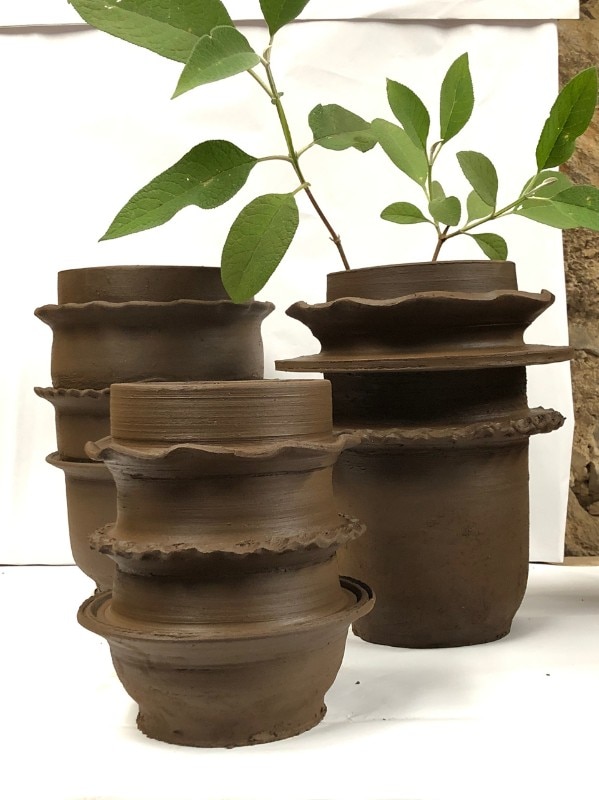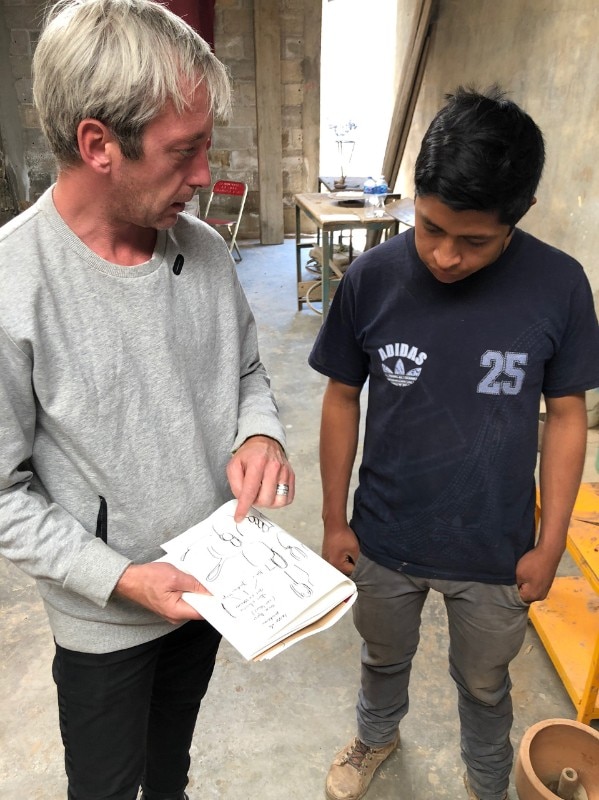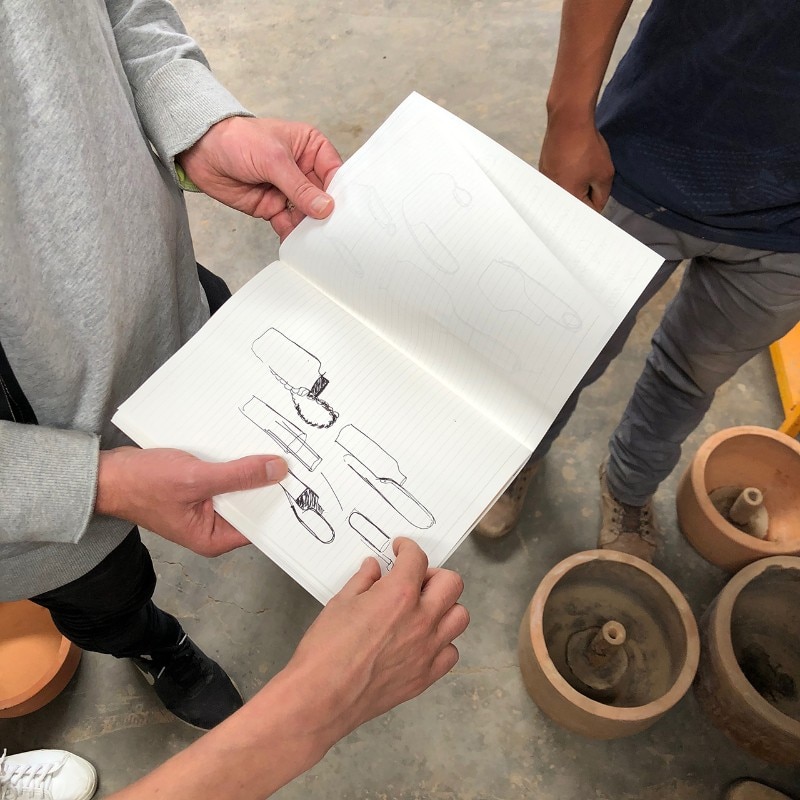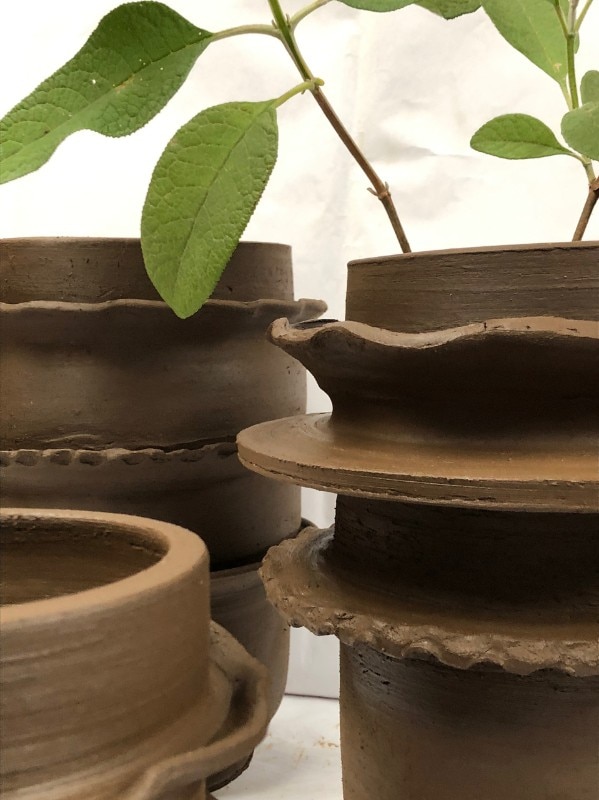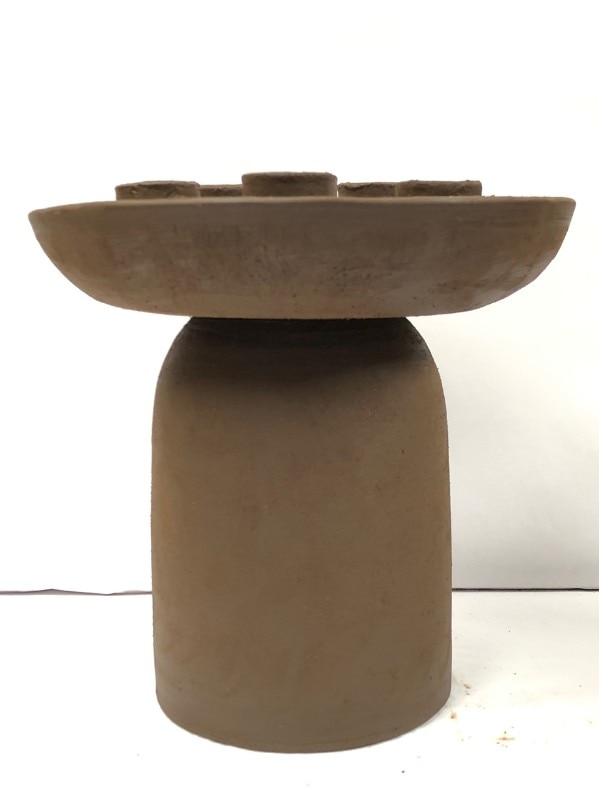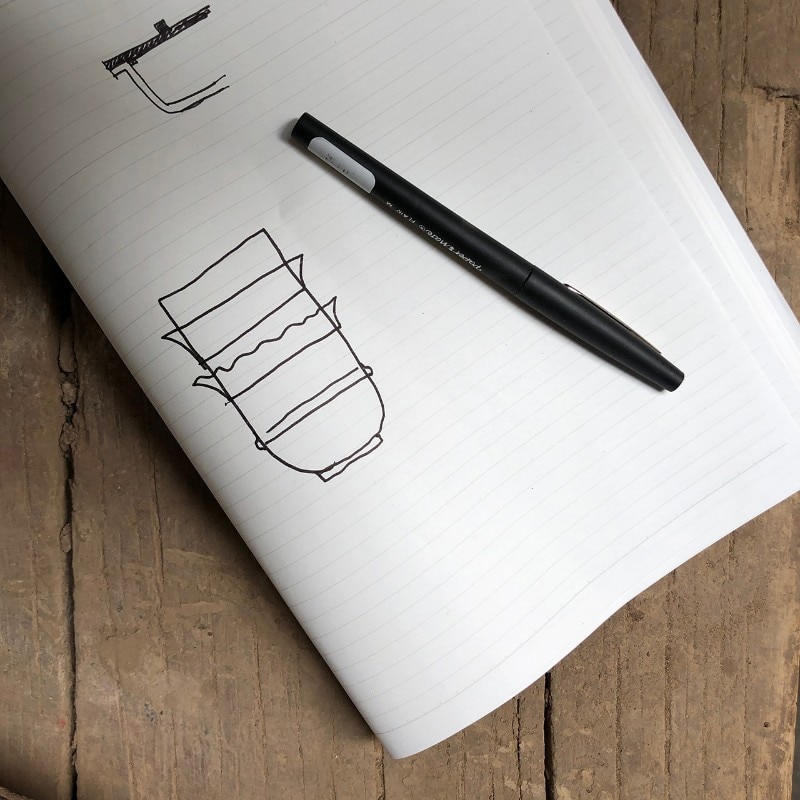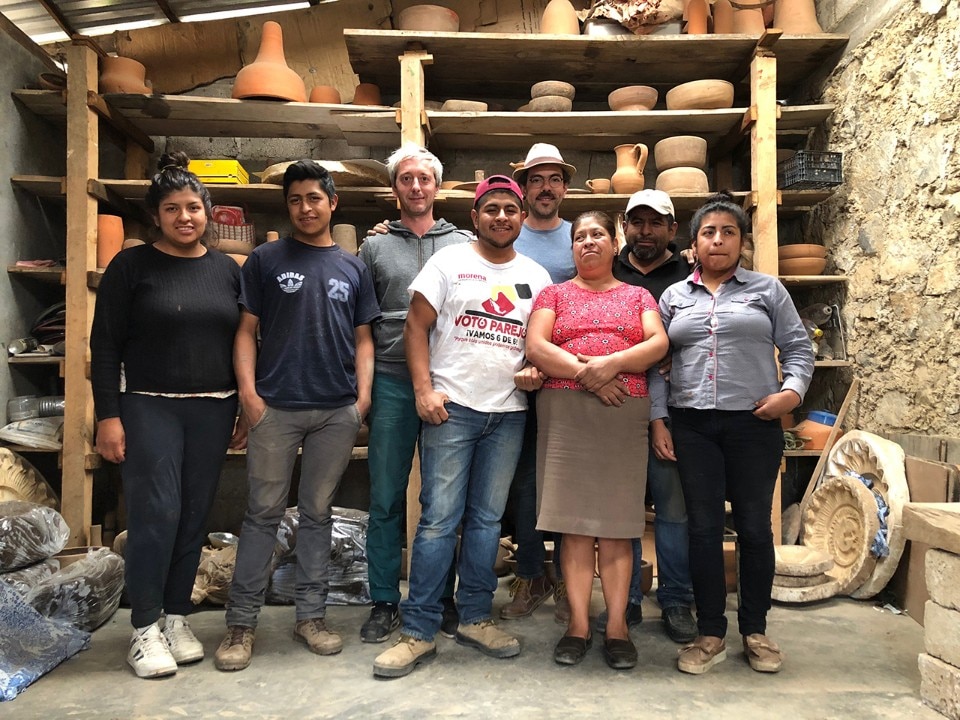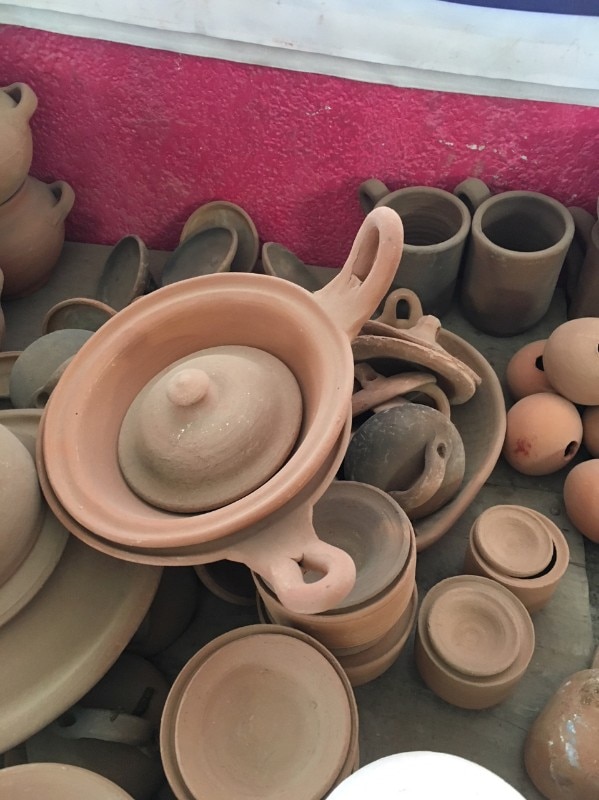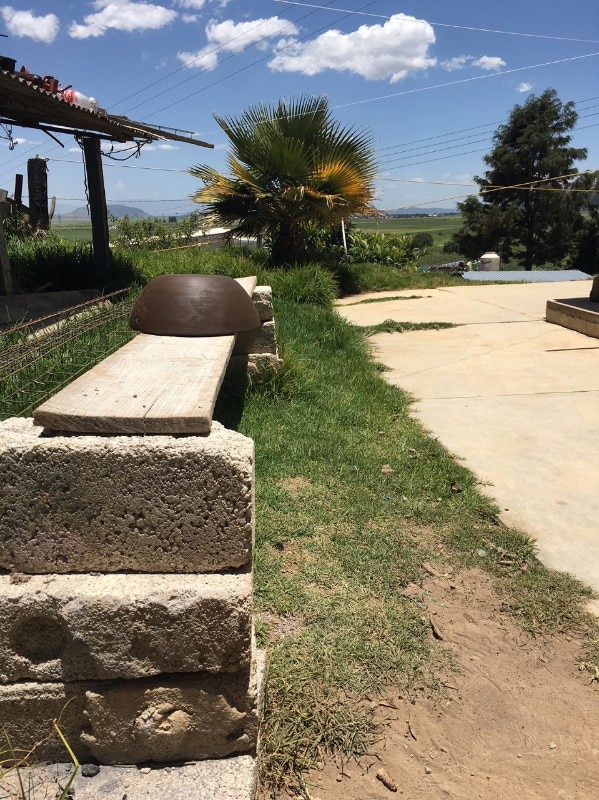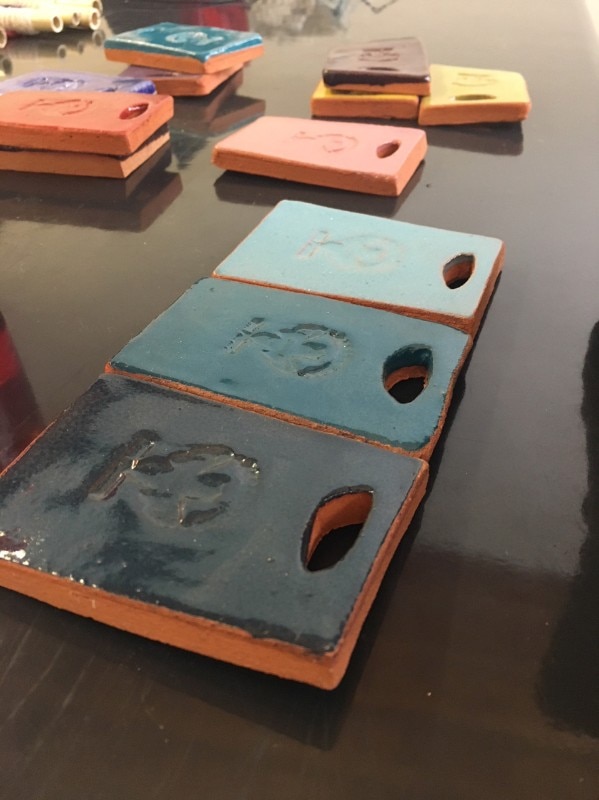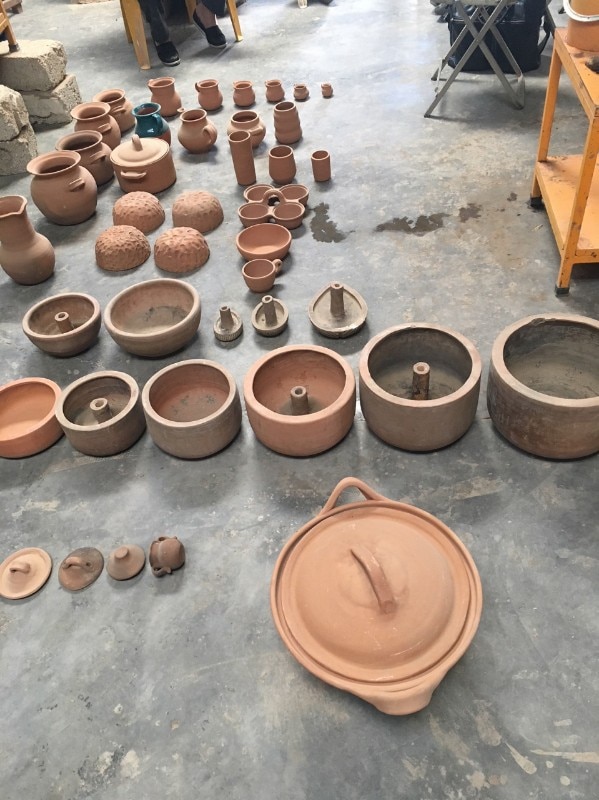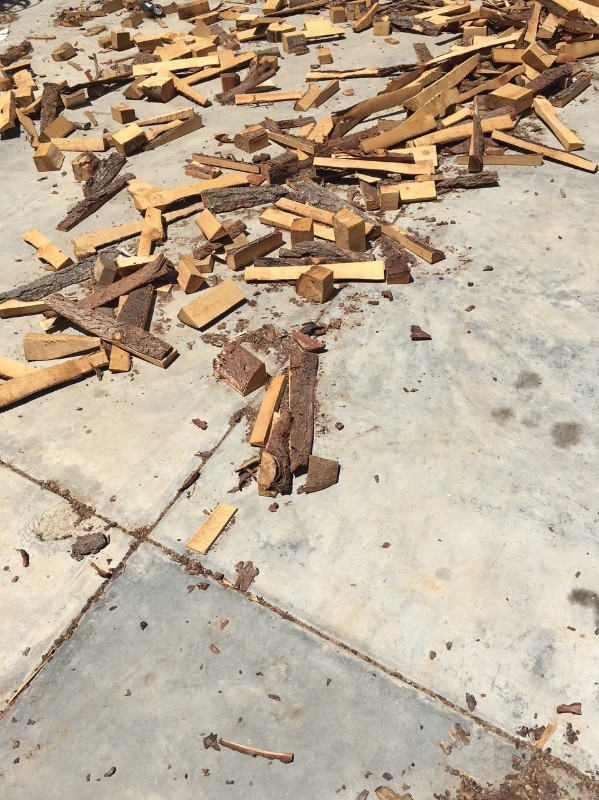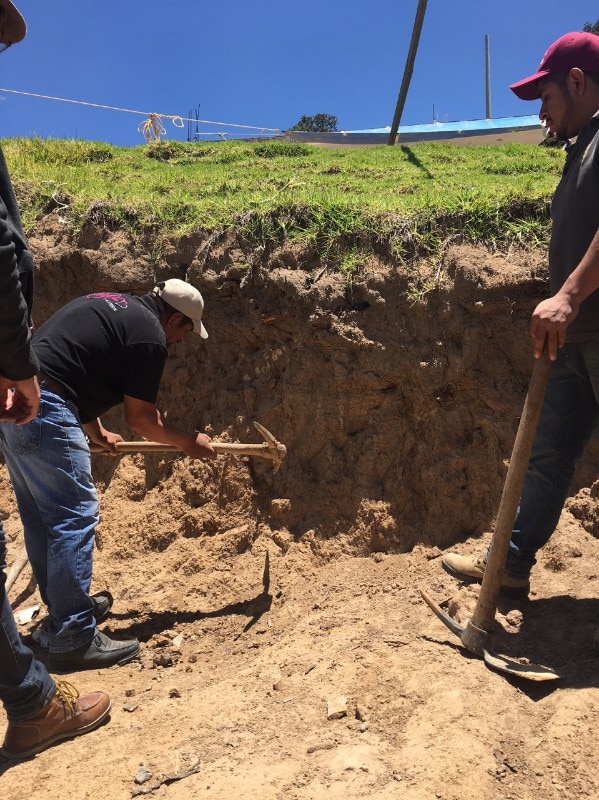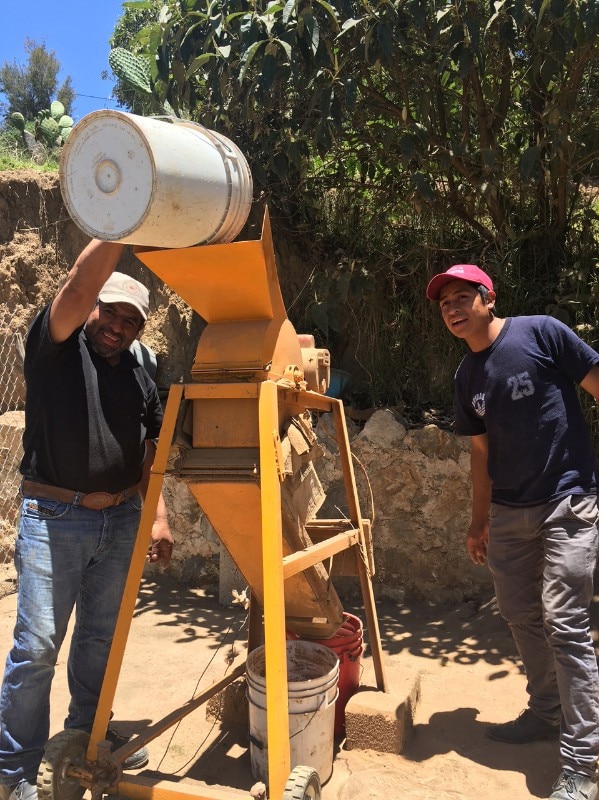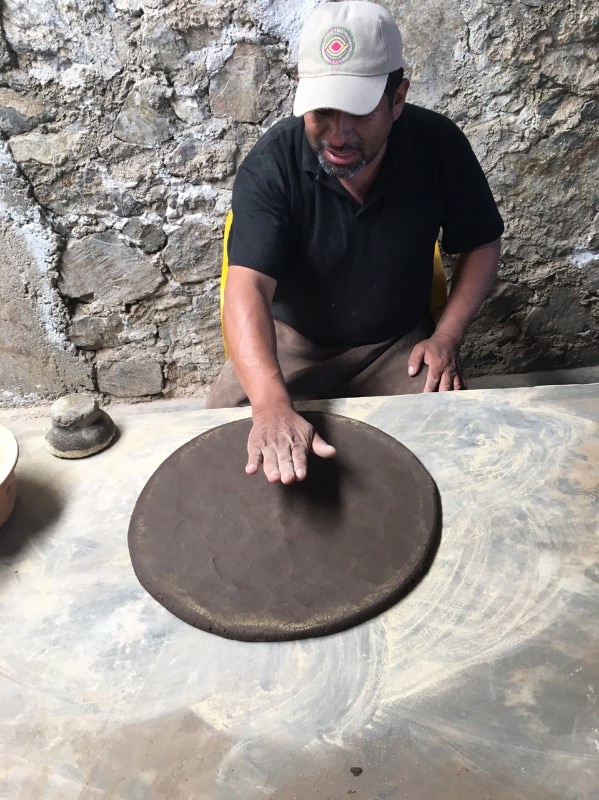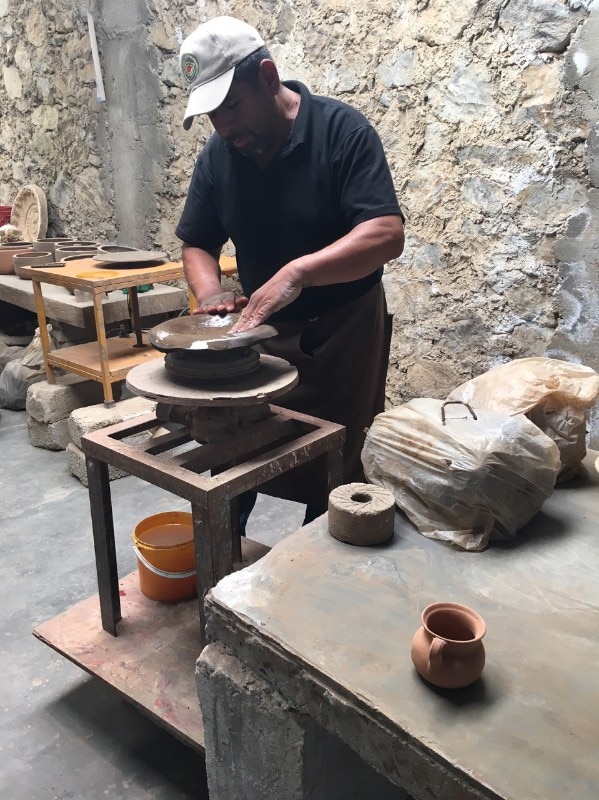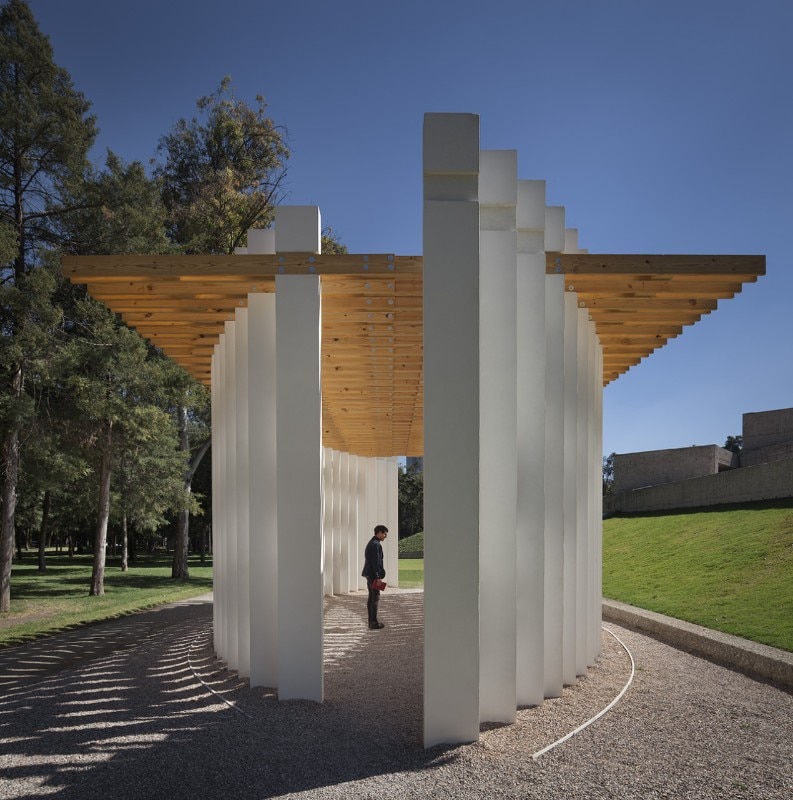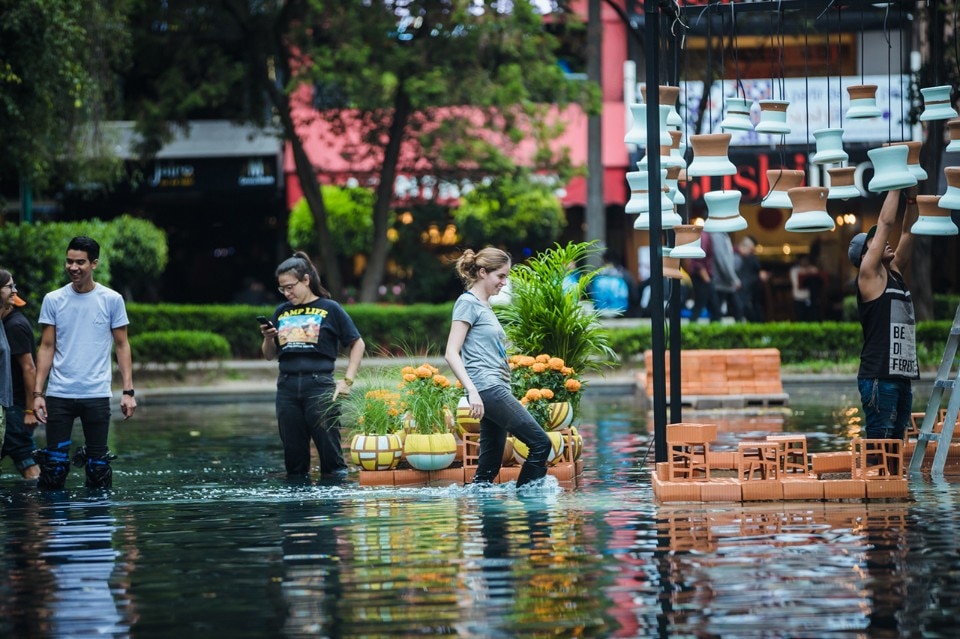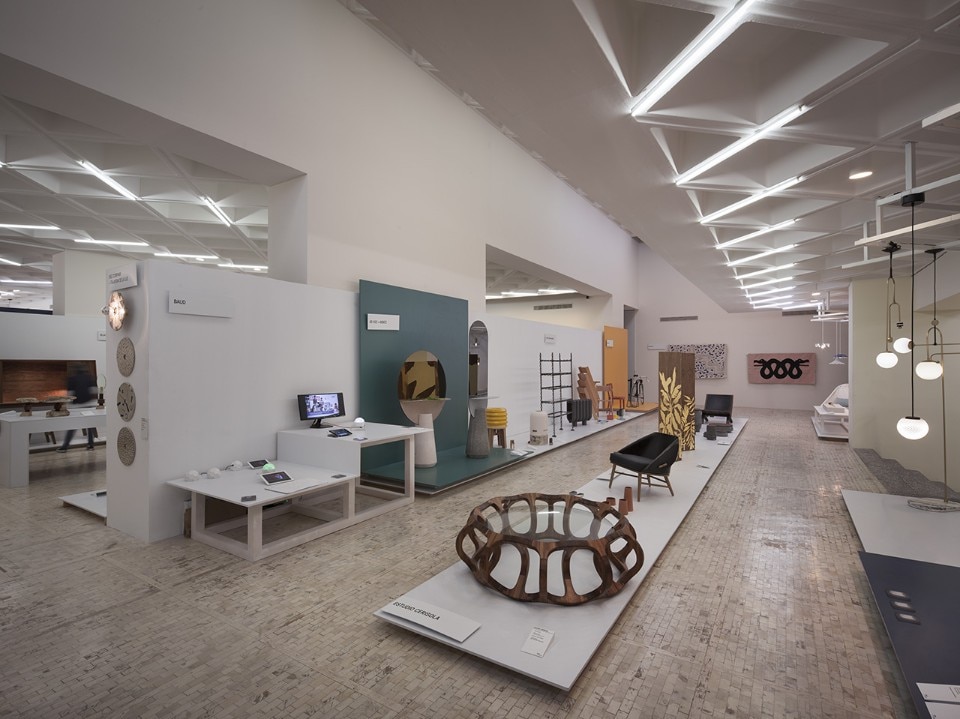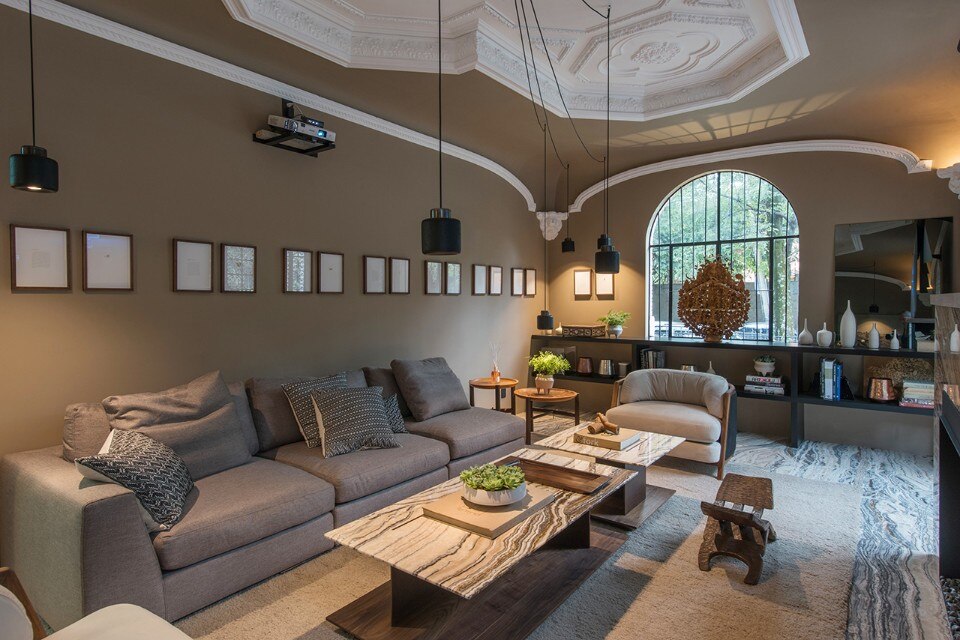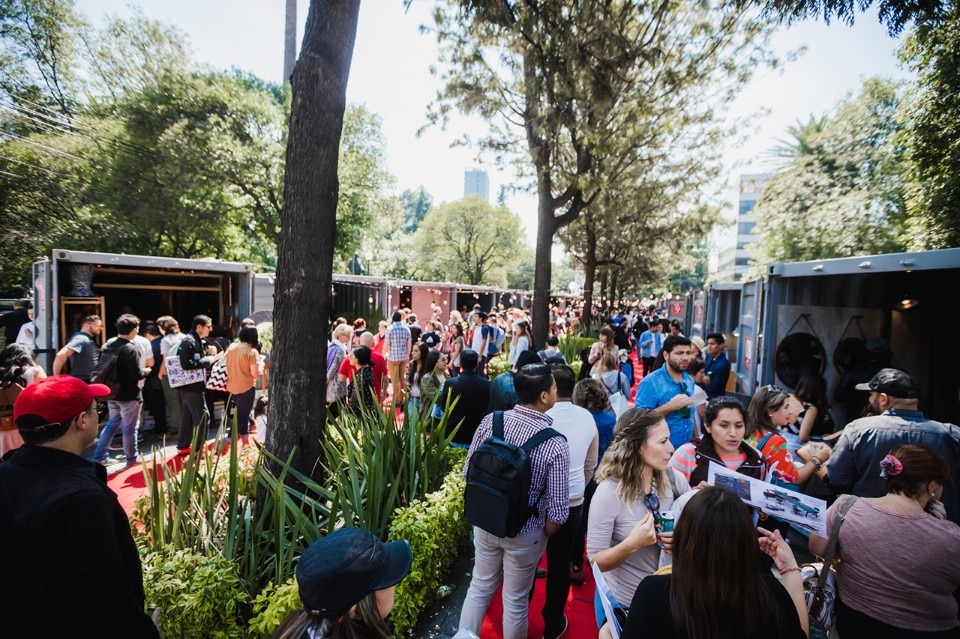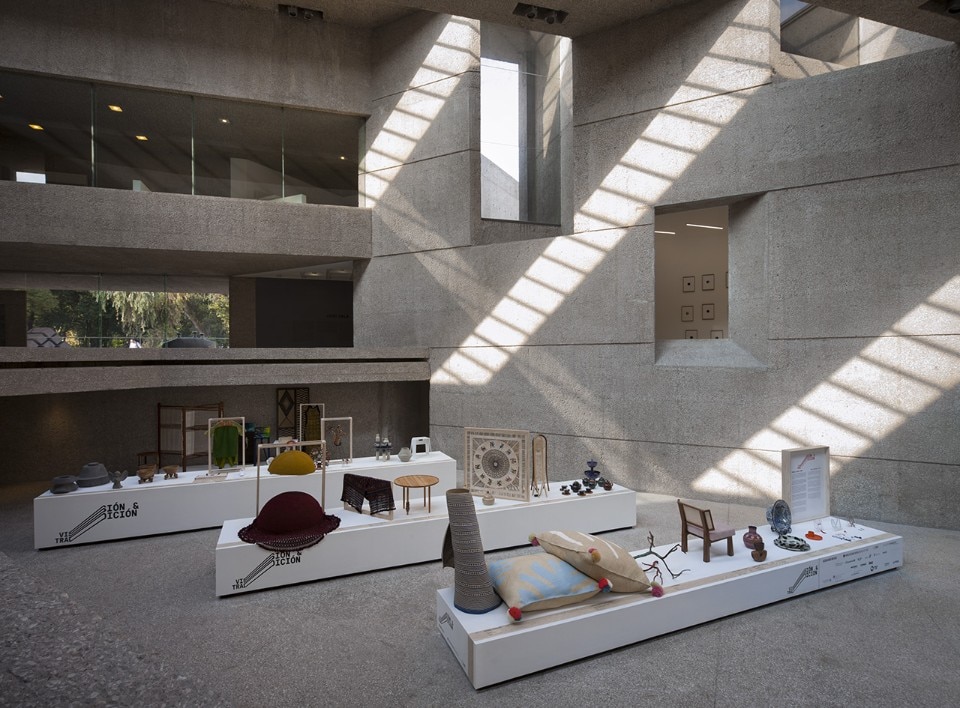The designer writes about his discovery of the Museum of Anthropology in Mexico City and a ceramics workshop in the state of Puebla in anticipation of Design Week Mexico.
Not only is Mexico City the 2018 World Design Capital, but it will also host the tenth edition of Design Week Mexico. The latter event is hosting the sixth instalment of a designer–in–residence programme called “Visión y Tradición”, which offers young national and international designers the opportunity to collaborate with local artisans. The aim is to establish a dialogue between contemporary times and traditional production. Andrea Cesarman, a founding member and the director of Design Week Mexico, has asked Alan Favero, the creative director of Taller Lu’um, to guide and coordinate these collaborations, the results of which will be commercialised. Mexican manufacturers host the residences, and the resulting objects will be on display and for sale at the National Museum of Anthropology.
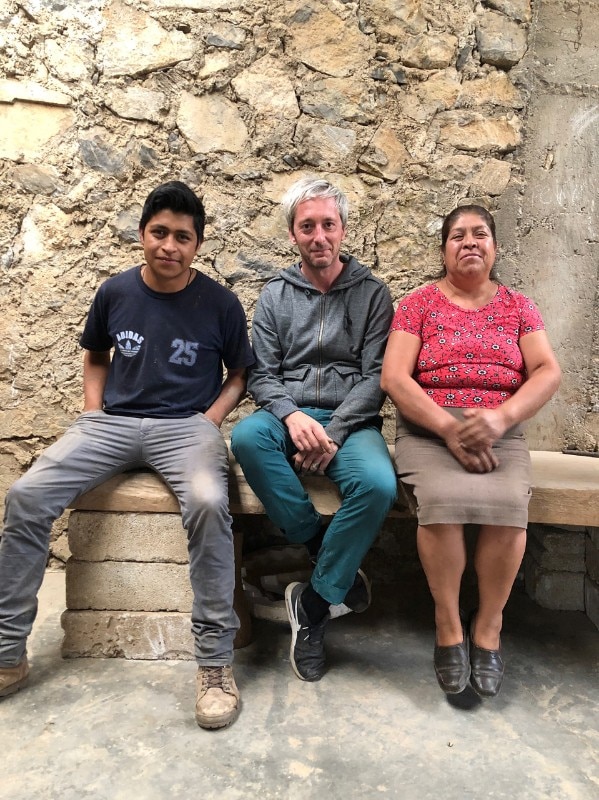
 View gallery
View gallery
The Frenchman Sylvain Marcoux is establishing a bridge between France and Mexico by presenting the designers Constance Guisset, Ferréol Babin and myself through his brand-new company Maison Marcoux Mexico. What follows are some of my impressions during a few days spent in the Mexican capital and the countryside of Puebla. Arriving by plane, Mexico City shows its huge dimensions, spread out over plains and the hills of extinct volcanoes. It is not constrained by the natural environment, rather it is an urban expansion of houses invading the landscape.
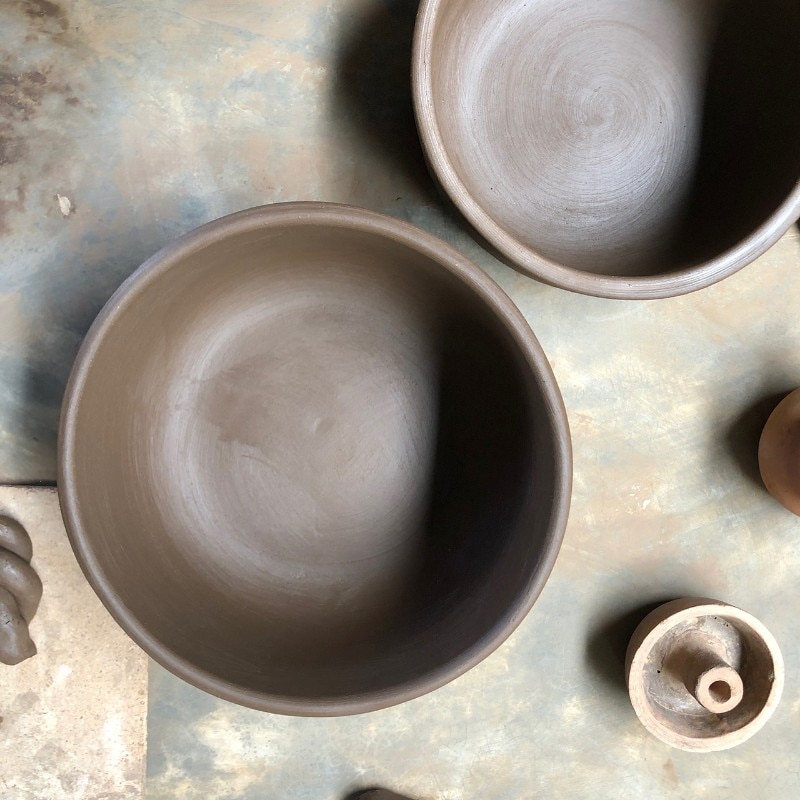
Step one: Get local, discover the city, walk through different neighbourhoods and visit museums.
Mexico City is a rich blend of contrasts: old colonial style, contemporary architecture, colourful painted walls and classic stone facades. Sounds, lights and the smell of food always surround you.
Museums buildings are quite emblematic thanks to their large number and mostly modernist style. It is easy and pleasant to jump from a design or photography exhibition at the Museum of Modern Art, to a contemporary art exhibition at Museo Experimental El Eco, to a journey through Mexico’s roots and traditions at the impressive Museo de Antropologia (where the results of our workshops will be showcased in October during Design Week Mexico).
The discovery of eating-houses, both old style and new, and several hotels completed my panorama of this Latin place, where native indigenous culture mixes with modern society, where details remind you how the Indios and their wild green lands were invaded by the Spanish centuries ago.
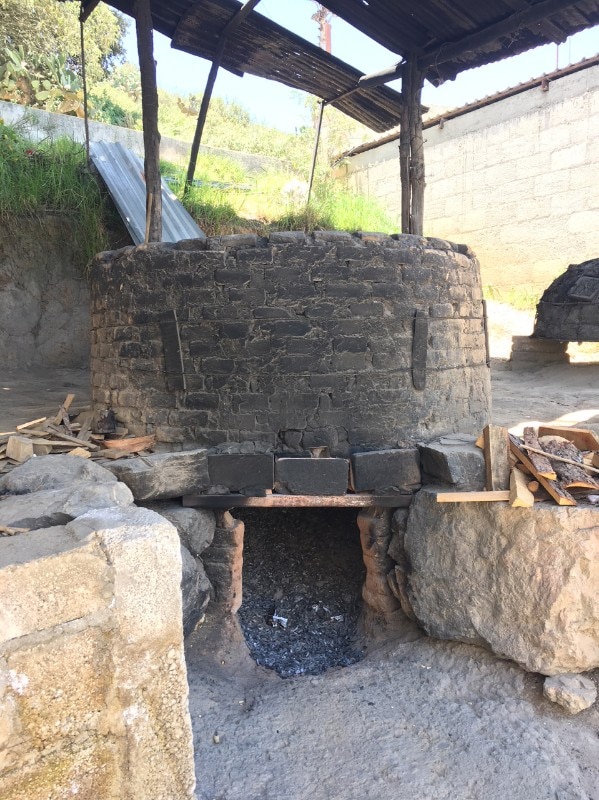
 View gallery
View gallery
Step two: Trip inside a trip – a ceramics workshop with barro rojo (red clay).
I had my first encounter and briefing with Taller Lu’um, the brand that was to be my editor and father–in–law for an immersive workshop with a local community of pottery makers in the state of Puebla, in order to analyse and define which kind of products we could develop.
A three-hour car ride took us to the town of Zautla, where we met our group of eight ceramicists, each specialised in one specific stage of production. The simplicity and humble aspect of the pottery, tools and production techniques bring you back to a certain sense of functionality. We took the time to share our past experiences as potters and designers, this being the best way to get acquainted and identify collective key words that would become our foundation for the next days. We spoke of processes, tools, functions, shapes and details to build a common narrative through the objects we will make.
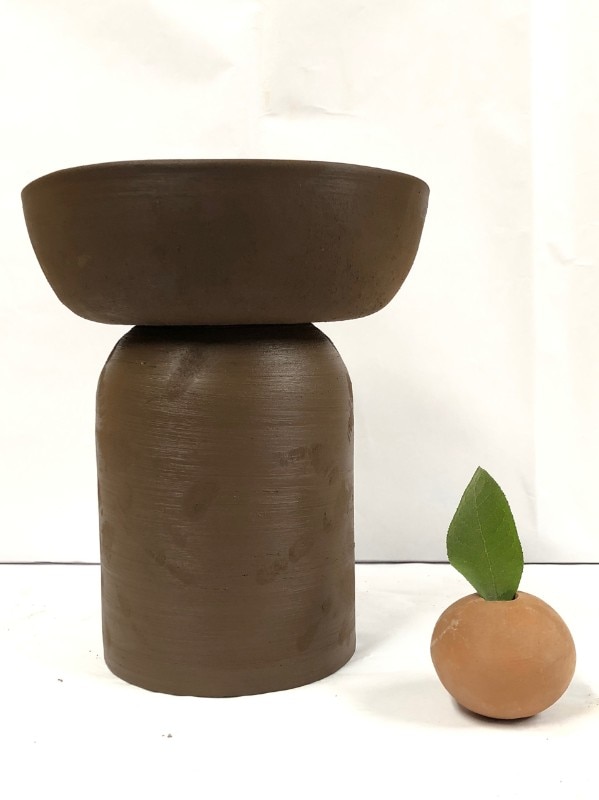
Step three: Let’s do it – the hands-on approach.
We got closer to the full process: the extraction of the clay, its refinement, and then using the raw clay. This helps to adjust to a design method that fits with the place where you are and who you are working with. Each community member was thrilled to show his tips and knowledge. This offered me an encyclopaedia of elements to work with.
Observing the shapes, containers, handles and decors gave me the possibility to select, organise and compose the capacities of the community in order to celebrate in a unique way the Mexican specificities of one of the most ancient crafts: pottery related to the basic needs of cooking and serving food.
Observing the shapes, containers, handles and decors gave me the possibility to select, organise and compose the capacities of the community
Step four: Eliminate and adjust.
After a phase of experimentation with existing shapes, doing some tests by twiddling the raw material, and keeping the craftsmen busy, I tried to obtain some distance by taking a cold, clear look at what is done and what is doable. I wanted the results to be fully embraced by them, aiming to highlight and honour their skills and already existing production.
The best way to eliminate unwanted material together is to discuss prototypes and failed experiments to determine the possible final results. Time is short and precious, words are few, and the local music is loud, but common understanding and our eyes exchanging glances over sketches and mock–ups revealed the shared desire to make something that was out of our comfort zones.
Our production stands as a point of encounter to please the ceramists and satisfy their generous, open mind and curious attitude. It is also an homage to the supporting institution and the associated brand behind this unique experience. The adaptive design mode is one I wish to espouse and make my own.
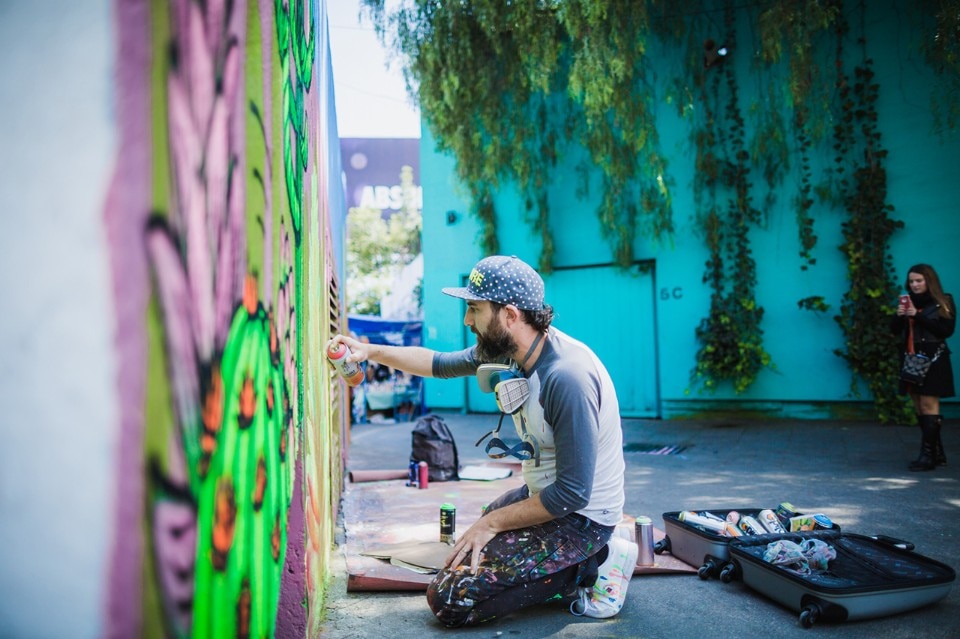
 View gallery
View gallery
Step Five: Back in town – fine tuning.
Back in the city, we sat down to fine–tune what we had done and select final colours. We also enjoyed some spare time to discover a few extra treasures, namely a private house by Luis Barragán and several institutional buildings. We appreciated our last local tacos and beer. We also met with my French colleagues to share pictures, sketches and experiences, each of us thankful for such a memorable experience with different materials and craftspeople.
- Title:
- Visión y Tradición
- Opening dates:
- 10 – 28 October 2018
- Venue:
- Museo Nacional de Antropología
- Address:
- Paseo de la Reforma y Calzada Gandhi s/n, Chapultepec Polanco, Ciudad de México
- On the occasion of:
- Design Week Mexico 2018


